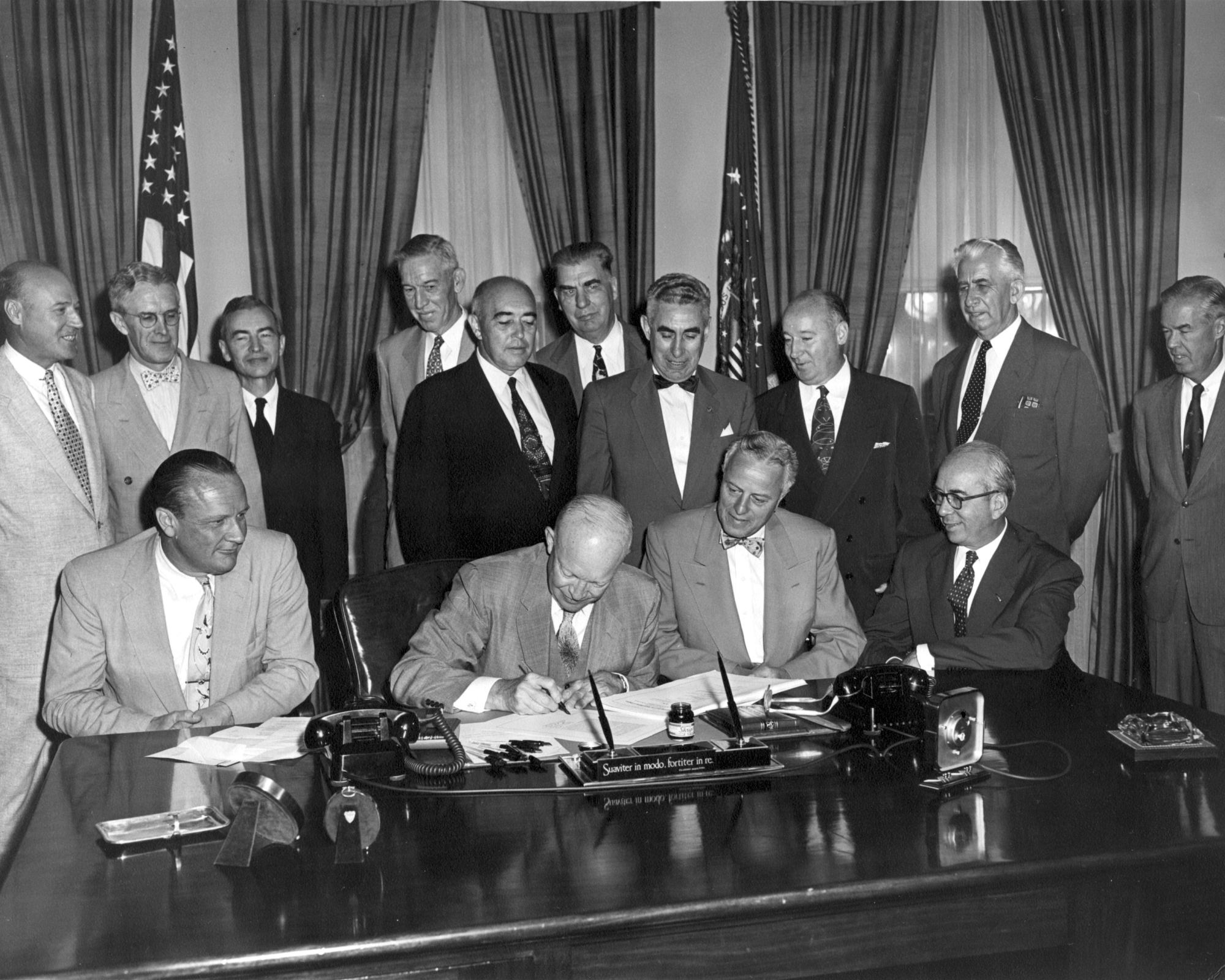In recent years, the Fukushima disaster, staggering cost overruns and a rising tide of cheap solar power has pushed the nuclear energy industry closer and closer to the brink. Last month, Westinghouse Electric Co., long a leader in nuclear power plant design and construction, went bankrupt. Suddenly, the demise of nuclear energy is no longer impossible to imagine.
Dwight Eisenhower, for one, would not be pleased. More than 60 years ago, the 34th president of the United States launched an idealistic quest to turn what he called the "greatest of destructive forces ... into a great constructive force for mankind." Unfortunately, his campaign, while noble in intent, didn't pay attention to the bottom line — a problem that has bedeviled the industry ever since.
The symbolic dawn of the atomic age took place on Dec. 2, 1942, when the physicist Enrico Fermi and his associates managed to build the first self-sustaining nuclear chain reaction with the so-called Chicago Pile: a small, ramshackle assembly made of graphite, uranium oxide, wood and uranium metal. The achievement helped pave the way for the bombs dropped on Hiroshima and Nagasaki.


















With your current subscription plan you can comment on stories. However, before writing your first comment, please create a display name in the Profile section of your subscriber account page.